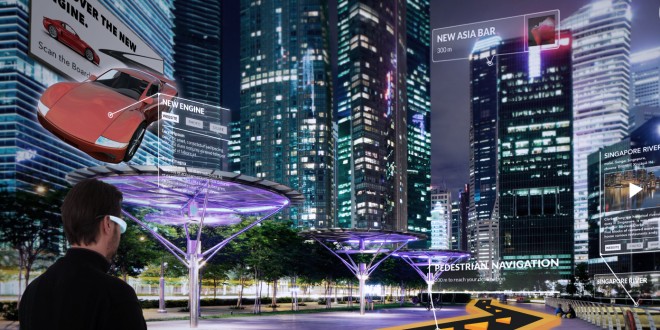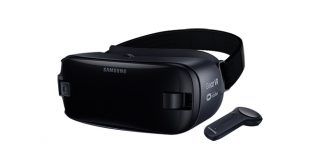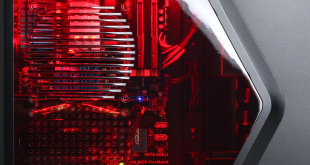Qualcomm is the best known manufacturer of high quality CPUs for smartphones, as you’ve seen in the Samsung Galaxy S5, Motorola Moto X, OnePlus One, Sony Xperia Z3 and Z3 Compact and many more mid-range and high-end smartphones. Qualcomm hasn’t been known to offer much support for wearable devices as of yet, but it seems that the company is shifting part of its attention towards the developing wearable market.
Sources say that Qualcomm has announced that it will offer developer support for digital eyewear and virtual reality gadgets at the Qualcomm Uplinq mobile developers conference. The company has decided to offer a developer kit for those working on virtual reality headsets similar to Samsung’s Gear VR and digital eyewear like Google Glass. The new platform, called the Vuforia SDK for Digital Eyewear, is supposed to help developers in building hybrid virtual reality and augmented reality applications that are capable of recognizing objects and images that are within your field of view. Qualcomm hopes that the ability to lay interactive 3D content over the real world will result in new apps for gaming, education and shopping as well. The Vuforia SDK will be available starting this Fall, but sources that the kit will be limited to certain developers for now.
One of the features of the Qualcomm Vuforia SDK is Toy Recognition, which will help developers track vehicles, action figures and similar gadgets through vision-based computing so that developers can add VR features to these toys. The beta version of the SDK will be available as a Unity extension. The Qualcomm Vuforia platform will also allow you to project the items you would like to buy, for example a lighting setup for your living room. You can see how the setup will look like in your own living room with the help of the platform and digital glasses like Gear Blink or Google Glass.
The Qualcomm Vuforia SDK for Digital Eyewear also includes an easy-to-use calibration method that enables Vuforia applications to dynamically adapt to a wearer’s facial geometry, to provide an immersive experience. The calibration method used by Qualcomm’s Vuforia will also allow for users to customize the software in order to accommodate their vision better, taking into consideration that two people’s eyes are never identical and don’t behave identically in a VR or AR environment.
Imagine how this project will work with virtual reality headsets and you can already see that those sci-fi movies were people were projecting people onto their carpets and interacting through them, has become reality. It’s amazing how much technology has progressed and how much virtual and augmented reality have transformed technology altogether. I’m sure that when Qualcomm Vuforia will be optimized for eyewear, we will be able to use it for more than just gaming and shopping – we might be able to do much more with this technology.
 Load the Game Video Games, Reviews, Game News, Game Reviews & Game Video Trailers
Load the Game Video Games, Reviews, Game News, Game Reviews & Game Video Trailers



